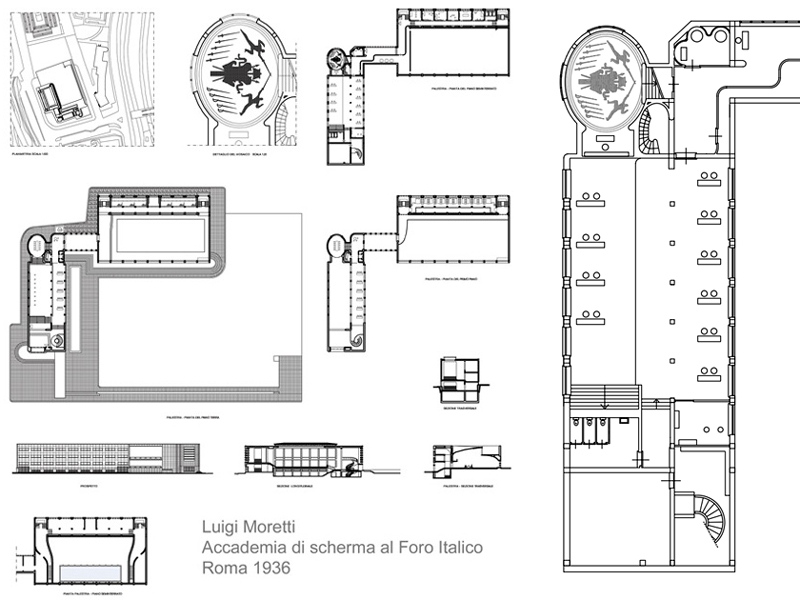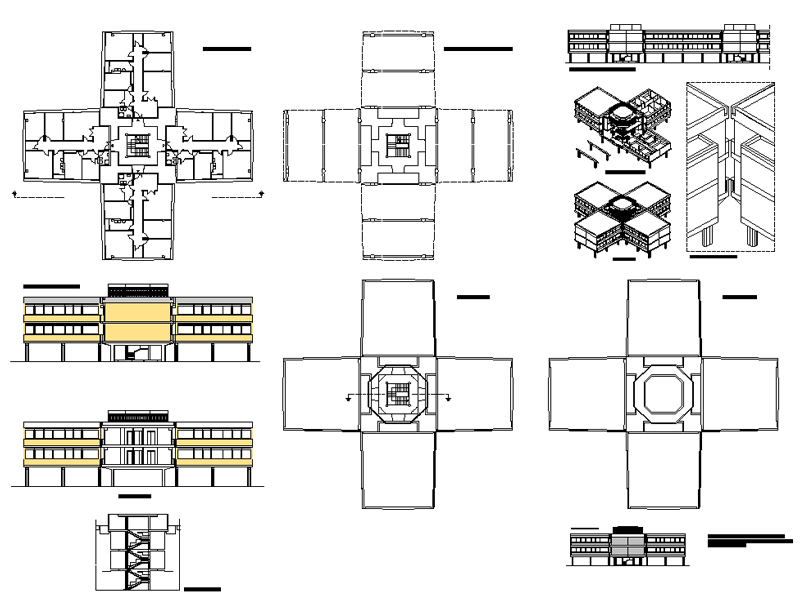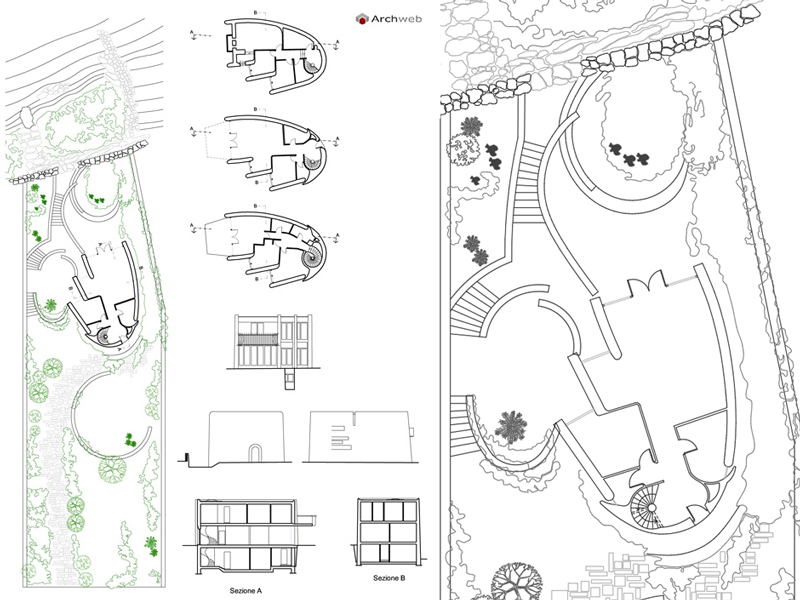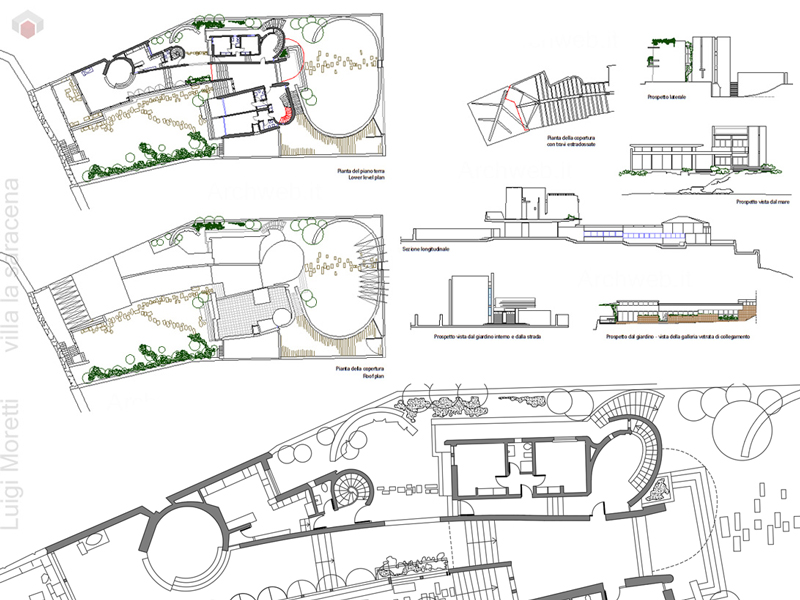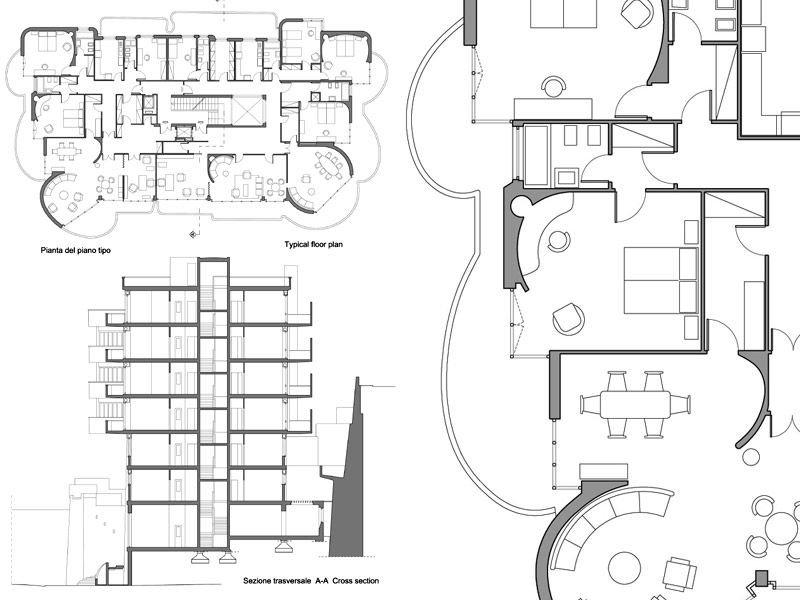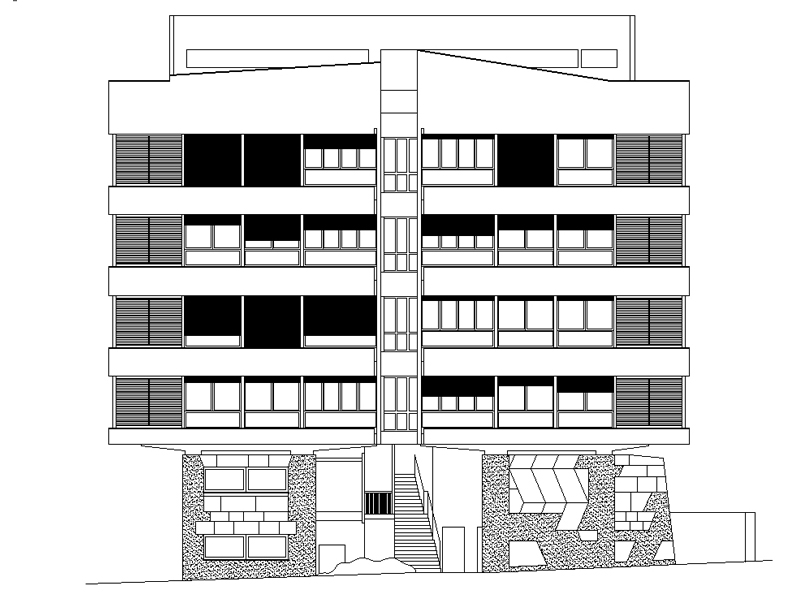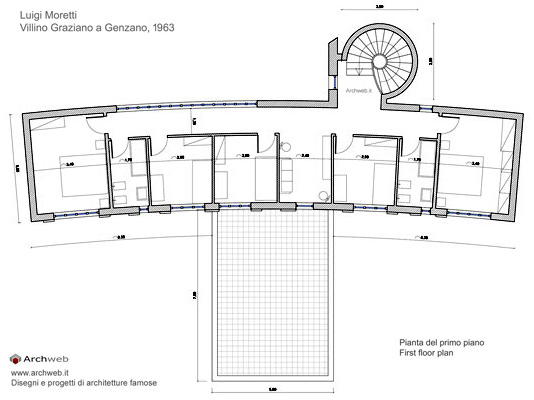
Luigi Moretti
One of the most important Italian architects of the 20th century
Place of birth
Roma, 22 novembre 1906 – Capraia Isola, 14 luglio 1973
Luigi Walter Moretti (2 January 1907 – 14 July 1973) was an Italian architect, one of the most important Italian architects of the twentieth century. He was also very active as a scholar and art critic.
He was born on via Napoleone III, on the Esquiline Hill, in the same apartment where he lived almost his entire life. He was the natural son of Luigi Rolland (1852-1921), engineer and architect, born in Rome in a Belgian family, whose most important work is Teatro Adriano, and Maria Giuseppina Moretti. He attended primary and secondary school at Collegio San Giuseppe – Istituto De Merode and from 1925 he studied at the Royal School of Architecture in Rome.
In 1929, Moretti graduated with honors, with a project for a college of higher education Rocca di Papa, where he won the Giuseppe Valadier award.
After degree, in 1931 he won a three-year scholarship for Roman Studies, established by the Governorate of Rome and the Royal School of Architecture. With this grant he worked with archeologist an art historian Corrado Ricci, in the arrangement of the areas east and north of Trajan’s Market. In these years he also worked as assistant for the professorships of Vincenzo Fasolo (architect of Mamiani Lyceum and Duca d’Aosta Bridge, both in Rome) and Gustavo Giovannoni, at the restoration chair.
Continue reading Moretti’s biography on Wikipedia … >>
Works and projects
How the download works?
To download files from Archweb.com there are 4 types of downloads, identified by 4 different colors. Discover the subscriptions
Free
for all
Free
for Archweb users
Subscription
for Premium users
Single purchase
pay 1 and download 1




























































